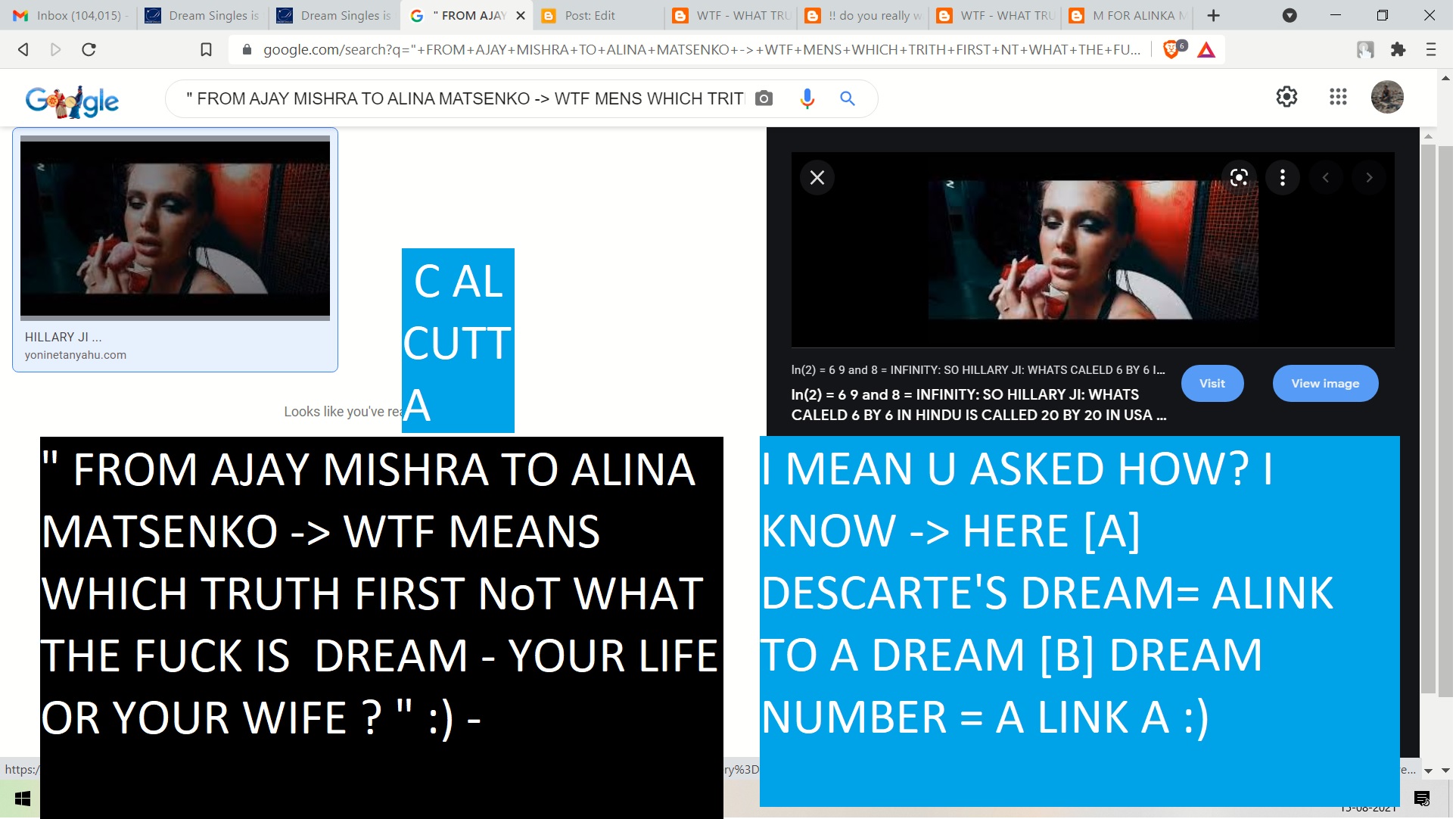


It is not wrong and it does prickle at your spine for its duration. The Vanishing of Ethan Carter (TVOEC from now on…) attempts to arouse the unease and tension in the player and hand-on-its-heart claims it is a narrative experience. The feelings may well be different for each of us, but it is the discussion of those feelings with others that makes art so powerful. It seems justified, then, to refer to both Dear Esther and Gone Home as “Art”, given that the point is to make the player “feel” something as one might, looking at a picture in a gallery. Dear Esther and Gone Home are capable of sowing powerful seeds, but you do have to be receptive to that style to get anything out of them. That goal is to take the reader on a journey, perhaps to make them think or simply to help them escape for a duration. I, for one, think that they are games in the same way graphic novels are books both books and graphics novels captivate the reader with a story and characters, presenting the adventure in different ways to achieve the same goal. Many stress that Dear Esther and Gone Home can’t really be called “games” at all, because “there’s nothing to do”. Ultimately you didn’t really do anything to reach the end, merely switch on some lights, find some secrets doors and feel frightened by the dark. While working through the story you just felt at constant unease. The much lauded and award winning Gone Home did much the same thing, bringing with it a really broody and tense atmosphere.

From there, place you into an environment where you can look around, then find the points of interest so you can trigger the next verse of the poem. But that wasn’t the point.Ī poem, a narrator, a melancholy and sometimes haunting soundtrack, coupled with realistic but occasionally surreal-looking visuals and you, the player. Dear Esther appeared to start the ball rolling for games that evoke emotion and deep thought in the player, without the player really doing anything.
DEAR ESTHER ANALYSIS FULL
For more information on the full story of the game's development, please check out my DevBlog.A surprisingly brilliant thing happened a few years ago called Dear Esther. Since it's release in 2012 (PC/MAC/LINUX), Dear Esther has been a phenomenal success selling over 50,000 copies in it's first week and over one million copies to date, and still going strong six years later! Dear Esther's success has inspired and birthed an entirely new genre in gaming known as Narrative-Based games, or the more colloquial 'Walking Simulator' which is now home to dozens of smash hit games.
DEAR ESTHER ANALYSIS CODE
This required me to completely re-build shaders, code and functionality from the ground up on a new engine, but due to this work, Dear Esther Landmark Edition was released in 2016 on Xbox One and PS4. My work during this time covered everything including asset building, lighting, FX, technical art, UI, level design, sound engineering, QA, Steam, team management, PR and most prominently Environment Art. In 2014 I also took on the task of porting the game over to the Unity Engine so that we could reach a broader audience. I worked mostly solo on the development of the original commercial release of the game, with support from the original writer and designer, Dan Pinchbeck, and composer Jessica Curry (Now heads of The Chinese Room) and Jack Morgan, on code.


 0 kommentar(er)
0 kommentar(er)
